The generally accepted story of the origin of the universe and its subsequent development is widely accepted in the form of the famous Big Bang model, which describes the beginning of everything that exists now as an incredibly hot and dense point over 13.7 billion years ago. In this article, I propose to see how such an immense structure as the Universe could go from a size of a couple of millimeters to what it is today, breaking down the most important events in its life into 10 easy stages.
Stage 1: where it all began
Most likely, the Big Bang was not the usual explosion in space, as we can imagine, based on the name of the theory itself. According to the researchers, it was some kind of instantaneous appearance of outer space in the universe. According to the generally accepted model, it all began with a very dense and hot spot somewhere in boundless space.
To study the early years of the life of our Universe, cosmologists, scientists who study the properties and evolution of the Universe, mainly use the method of observing the cosmic microwave background – the residual heat that appeared just the same in the first years after the Big Bang. So, in 2001, NASA launched the Wilkinson Microwave Anisotropy Probe (WMAP) mission, whose tasks included studying the conditions for the existence of early space by measuring this background, which made it possible to fairly accurately determine the age of our Universe – about 13.7 billion years.
Stage 2: the first growth of the universe
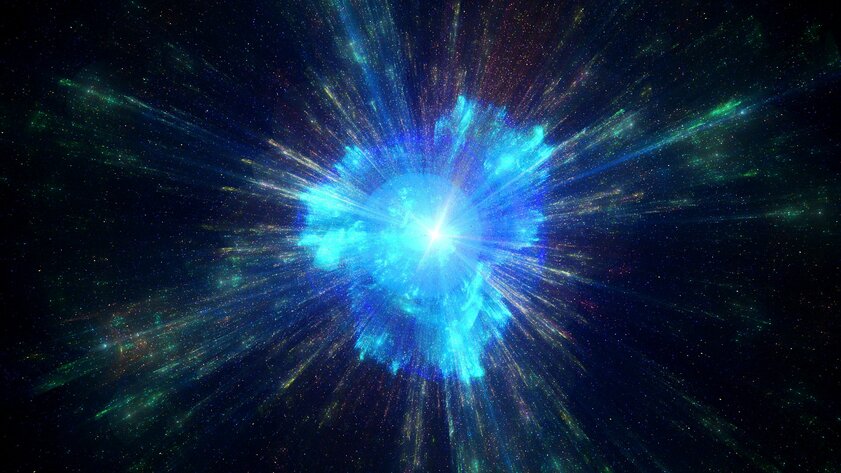
When the universe was still very young (something around an incredibly tiny billionth of a trillionth of a second), it experienced an extremely dramatic expansion. It did not just grow, but it “stretched” exponentially, doubling at least 90 times in just the first seconds of life.
Interestingly, during such an expansion, the Universe not only obviously lost in density, but also cooled rather quickly. The matter known to us was formed precisely at this moment of sharp growth, which is still going on at a rather high pace, but noticeably slower than at the very beginning of its formation.
Stage 3: Too Hot to Shine
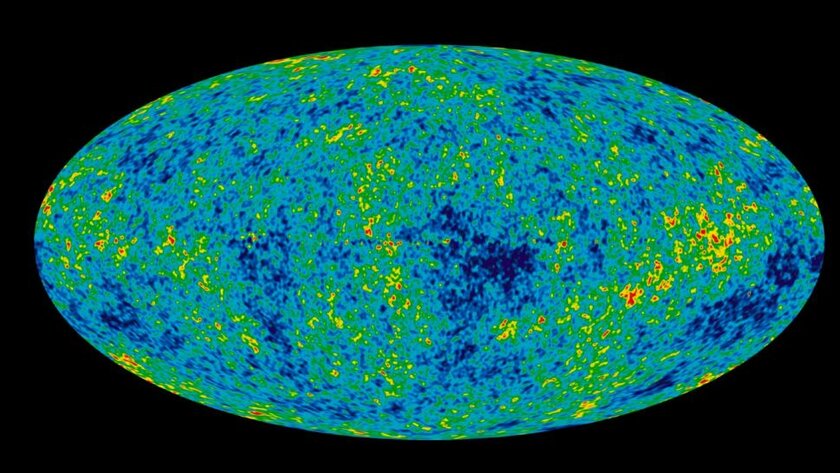
It is important to note an extremely entertaining fact: light chemical elements were created literally within the first three minutes. Yes, yes, not millions of years, not even days, but minutes. Over time, the universe expanded and, as we have already found out, noticeably cooled, due to which protons and neutrons collided, forming deuterium, an isotope of hydrogen, most of which subsequently combined into helium.
At this point, you can move into time intervals slightly larger than minutes. So, for 380 thousand years after the Big Bang, the Universe was still so hot that even light could not move and radiate normally in it. This was due to the fact that the atoms collided with each other so strongly that they broke up into a dense opaque plasma of protons, neutrons and electrons. This process scattered light throughout the universe like fog.
Stage 4: let there be light!
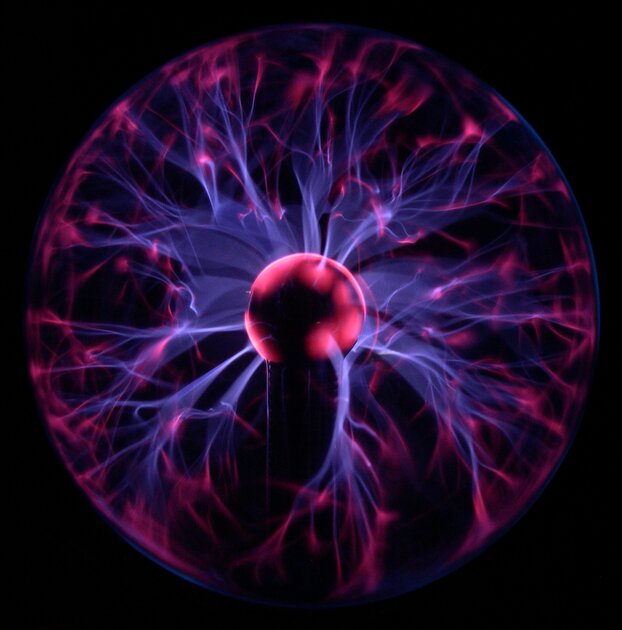
And now, 380 thousand years after its birth, the Universe and all its matter have cooled down enough for electrons to finally combine with nuclei and form neutral atoms. Such a process in physics is called “electron recombination”. It is thanks to him that the universe became transparent.
By the way, a huge amount of light released at the time of the transition of the Universe to a transparent state made it possible to detect it to this day in the form of that same cosmic microwave background. The main problem is that neither stars nor other planets had time to form at that time, so the time of complete darkness began in space.
Stage 5: Exit of the Universe from the Cosmic Dark Ages
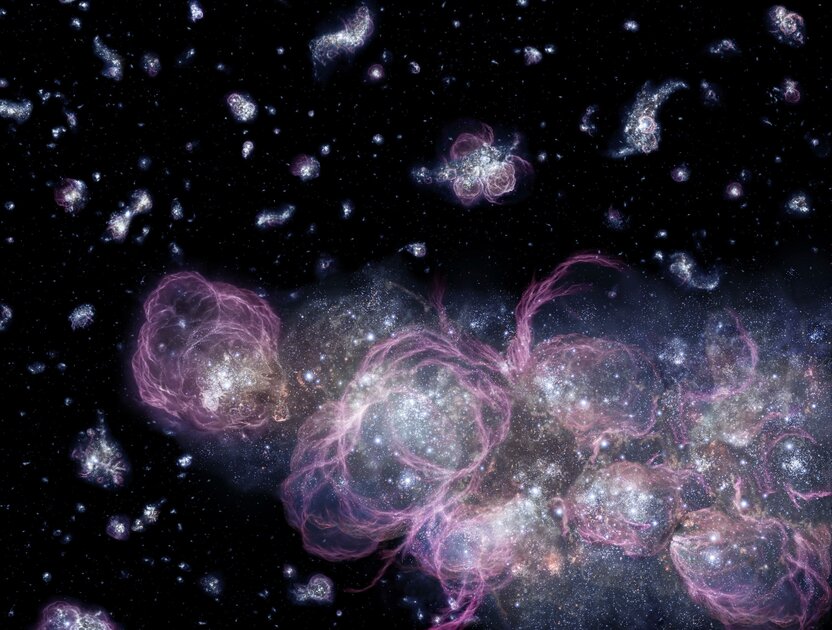
It took the universe 400 million years to emerge from this era of absolute darkness. The new phase of the formation of the cosmos is called the era of reionization, which will last a little more than five hundred million years.
This period was marked by the formation of the very first stars, galaxies, quasars and clusters that we admire on our desktop wallpapers. During the birth of the first cosmic bodies, a huge amount of ultraviolet light was emitted, which allowed the universe to be cleared of most of the surrounding neutral hydrogen gas, and this led to the transparency of space space for ultraviolet light.
Stage 6: the period of active star birth
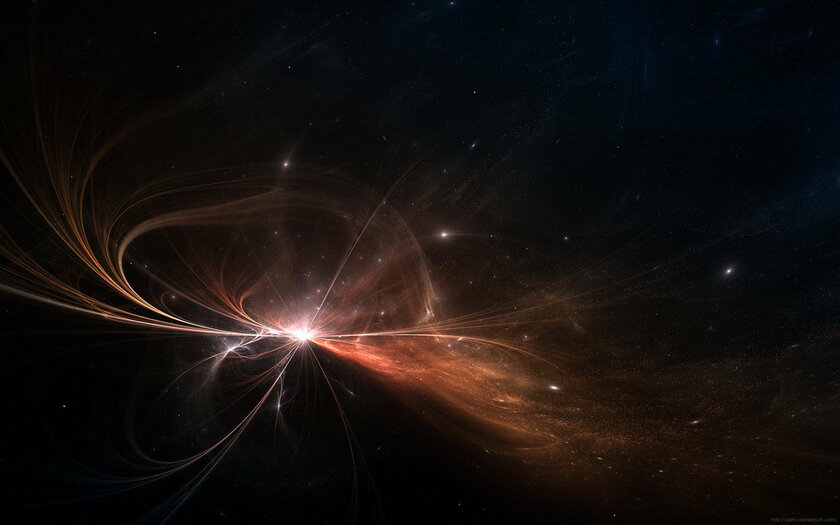
The Universe has entered a new stage of its life – the era of matter. It began 800 million years after the Big Bang and continues to this day. This is the time of the birth of new and new cosmic bodies that fill outer space with their glow.
Astronomers from all over the world are trying to find the most distant and most ancient galaxies in the infinitely large, for a man, Universe, in order to draw conclusions about the history of the emergence and subsequent life of the cosmos from them. So, Richard Ellis (Richard Ellis) in 2007 on the 10-meter telescope Keck II discovered as many as six star clusters, which, according to calculations, were formed 13.2 billion years ago. It turns out that they arose at a time when the universe was only 500 million years old.
Stage 7: the birth of our home
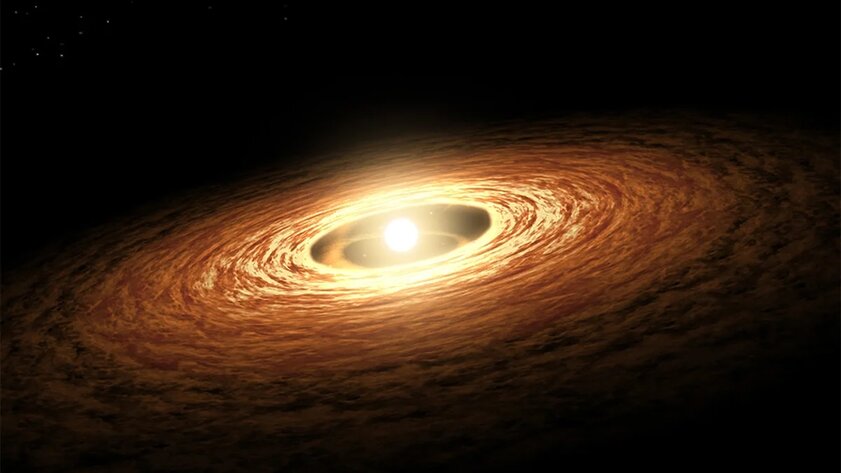
And now, 9 billion years after the Big Bang, the solar system is born. According to some sources, its age is about 4.6 billion years. The fascinating fact is that our Sun is just one of more than 100 billion stars. And this is only in our galaxy – the Milky Way.
By the way, many scientists agree that the Sun, like the rest of our solar system, formed from a giant rotating cloud of gas and dust known as the solar nebula. Under the influence of gravity, this nebula began to accelerate in its rotation and flatten into an almost flat disk. Such a process made it possible to shift a fairly large part of the matter to the center, thereby forming the Sun.
Stage 8: Things We Haven’t Noticed Before
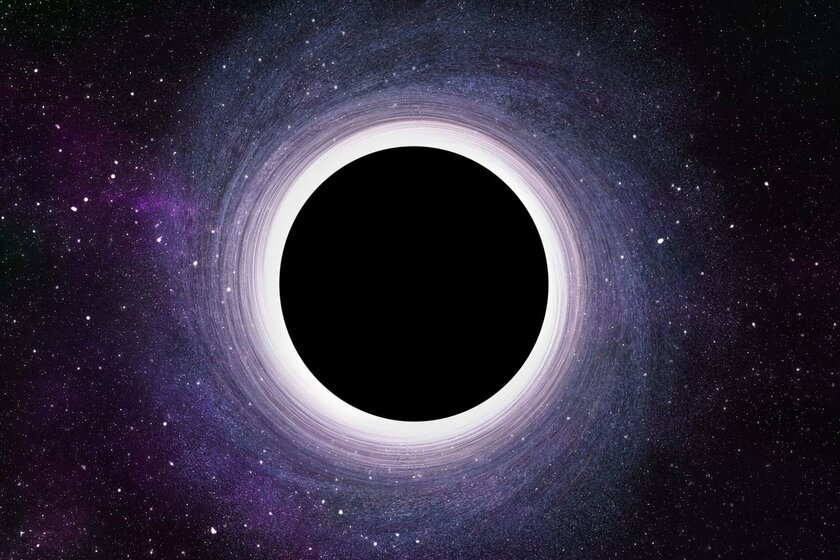
In the 1960s, astronomers began to theorize that the mass of the universe is much greater than the mass of all celestial bodies. American astronomer Vera Rubin studied the speed of stars in various places in the galaxy. The original theory, based on the laws of Newtonian physics, was that the stars in the outskirts of the galaxies they enter rotate much more slowly than the stars in the center. However, Rubin was able to prove that there really is no difference in their speeds.
The mysterious and invisible mass that contributes to the “balance of masses” is now known as dark matter. Its peculiarity lies in its special influence on ordinary matter. So, one of the hypotheses says that this mysterious substance can be formed by some unusual particles that do not interact with light or ordinary matter in any way, which makes it extremely difficult to detect. Unfortunately, to this day, this mysterious substance remains unnoticed and continues to disturb the minds of many scientists around the world.
Stage 9: the universe is expanding, but not as expected

In the 1920s, the famous American astronomer Edwin Hubble made a startling discovery. So, with the help of the latest, at that time, telescope at the Mount Wilson Observatory in Los Angeles, Hubble drew attention to the fact that the Universe is expanding. This conclusion struck the entire scientific community and quickly settled in the minds of all interested people.
And so, in 1998, the Hubble Space Telescope, named after Edwin, makes a new, truly important discovery that keeps scientists awake to this day. By studying very distant supernovae, scientists have concluded that the universe used to expand more slowly than it does today. This observation was extremely unexpected, because for a long time it was believed that the gravity of matter only contributes to slowing down the expansion of the Universe, and even causes it to contract. According to some theories, this is just the same because of dark matter, which “tears” space into pieces in different directions, and even at an increasing speed.
Stage 10: We still know too little
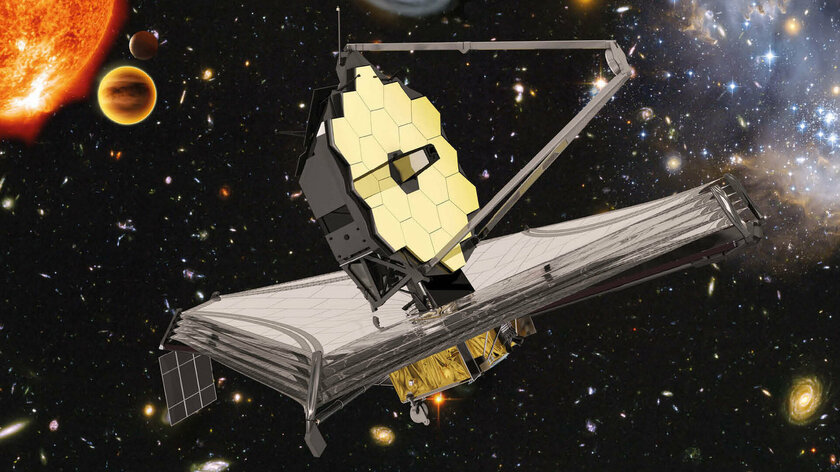
Undoubtedly, during the study of the cosmos, many fundamental and extremely interesting discoveries were made that helped us better understand the process of the emergence and subsequent evolution of the Universe, but there are still a huge number of unresolved questions that future generations of people will have to answer.
Dark matter alone and no less dark energy remain two of the biggest and most difficult mysteries for cosmologists who study the vast expanses of the Universe every day. The James Webb Space Telescope (JWST), launched in 2021, continues the hunt for new knowledge about mysterious substances, and will also try to make out the most distant cosmic bodies using the most advanced technologies known to mankind. Who knows, maybe tomorrow scientists will make a new discovery that will completely change the theory of the origin and development of the cosmos?
- On the subject: Why do scientists hope for the Webb telescope – why is it better than the existing Hubble
This article is based on material from Space.
Source: Trash Box
Donald-43Westbrook, a distinguished contributor at worldstockmarket, is celebrated for his exceptional prowess in article writing. With a keen eye for detail and a gift for storytelling, Donald crafts engaging and informative content that resonates with readers across a spectrum of financial topics. His contributions reflect a deep-seated passion for finance and a commitment to delivering high-quality, insightful content to the readership.





